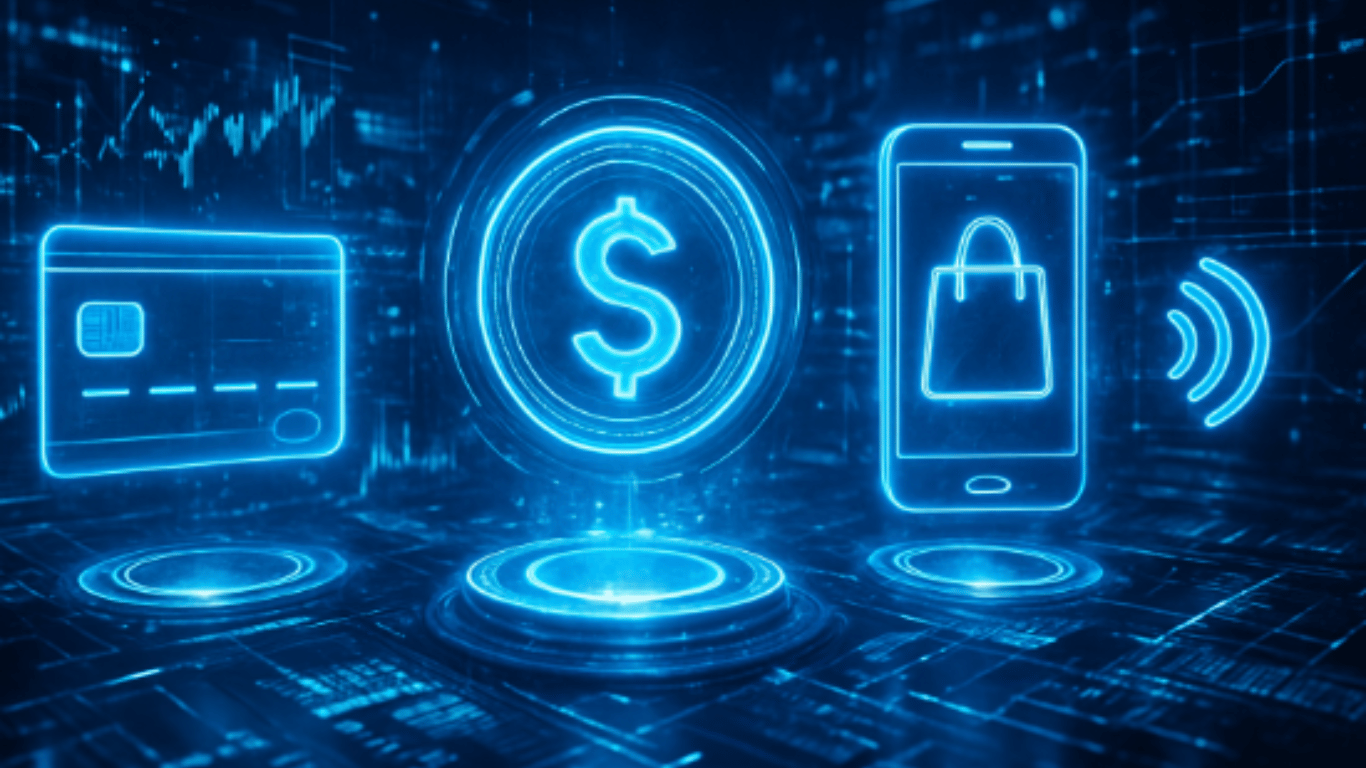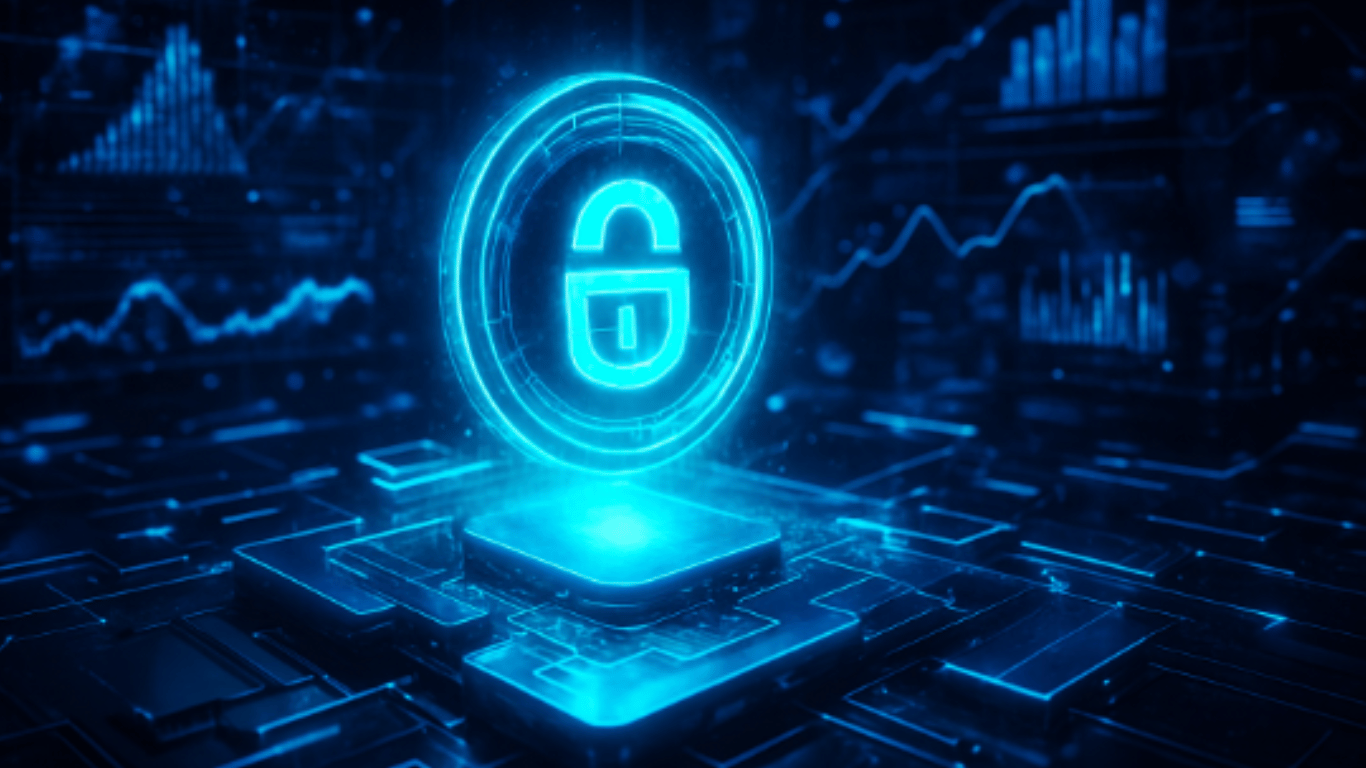Discover top fintech news and events!
Subscribe to FinTech Weekly's newsletter
Read by executives at JP Morgan, Coinbase, Blackrock, Klarna and more
Eyeball-Scanning for Crypto Gains U.S. Access
A cryptocurrency project backed by OpenAI CEO Sam Altman has begun operations in the United States after initially avoiding the market due to regulatory constraints. Now rebranded as World, the venture allows users to verify their identity through iris scans in exchange for its digital token, WLD. The effort, managed by Tools for Humanity, aims to confirm a user’s humanity amid growing concerns about AI impersonation and digital identity.
The service has launched its biometric hardware — referred to as orbs — in several major U.S. cities including Atlanta, Austin, Los Angeles, Miami, Nashville, and San Francisco. Through these stations, individuals can scan their irises, receive a digital ID known as World ID, and claim WLD cryptocurrency via the associated World mobile app.
Cautious Global Launch Now Expands to the U.S.
When the project first launched in mid-2023 under the name Worldcoin, its founders intentionally excluded the U.S. market. Regulatory ambiguity around digital assets was cited as a central reason for the delay. The team stated that the initiative aimed to remain compliant in jurisdictions with clearer rules before expanding further.
Now, with the shift under President Donald Trump’s administration, the regulatory environment has softened. The SEC has withdrawn a number of high-profile cases involving major crypto firms, while enforcement divisions within the Justice Department and other agencies have seen reduced activity. This shift has encouraged crypto ventures that previously left the U.S. — or avoided it entirely — to return.
Industry Sees Broader Return to U.S. Market
World’s U.S. launch follows several similar moves by other crypto businesses in recent weeks. Crypto exchange OKX re-entered the American market after resolving a $504 million legal matter with the Department of Justice. Crypto lender Nexo also announced its return after a two-year absence, citing policy changes and renewed support for innovation under the current administration.
Leadership at Nexo pointed to Trump’s approach as a key factor in their decision to resume operations, suggesting that the government’s shift in tone had made the U.S. more attractive for blockchain-based services. Multiple agencies, including the SEC and CFTC, have significantly reduced enforcement efforts, creating an environment where crypto firms face less legal uncertainty.
These broader developments have laid the groundwork for World’s entry. While the project remains controversial due to its use of biometric data, its leaders appear confident that the current regulatory posture will allow for sustained growth within the U.S. market.
Technology Designed for Digital Identity and Currency
World’s core proposition centers on what its creators call "proof of personhood" — a way to verify online identities through biometric scanning rather than traditional documents or usernames. Each participant is assigned a unique digital identity through iris recognition, stored on a decentralized blockchain. This identity is used to prevent fraud, distinguish between human users and bots, and grant access to cryptocurrency rewards.
Supporters of the platform argue that as artificial intelligence becomes more sophisticated, online systems will need stronger verification tools to maintain trust and protect users. By using physical traits, World aims to create a universal, tamper-proof identity standard.
Alongside identity verification, the project distributes a native cryptocurrency, WLD, to verified users. The idea is to create a decentralized network where access is tied to real human identity, not just wallet ownership or anonymous credentials.
Privacy Concerns Persist Despite Technical Claims
While World’s developers emphasize that their technology uses privacy-preserving methods, the use of iris scans has prompted criticism and regulatory pushback in several countries. Advocacy groups have expressed concern over how biometric data is stored and who ultimately controls the infrastructure.
So far, the company reports scanning approximately 12 million individuals worldwide. Executives have stated ambitions to scale this number into the billions, though progress has been gradual and adoption uneven. The expansion into the U.S. represents a major potential inflection point, as the country offers both a large user base and significant public scrutiny.
Whether users will be comfortable exchanging their biometric data for cryptocurrency remains uncertain. While some may see it as an opportunity to engage with next-generation digital systems, others may view it as a risk with unclear long-term implications.
Market Implications and Future Outlook
World’s entry into the U.S. comes at a time when crypto markets are watching for signs of renewed momentum. Regulatory clarity — or the perception of it — has historically played a critical role in determining whether new technologies achieve mainstream adoption.
If the current trend of relaxed enforcement continues, more blockchain projects are likely to re-enter or expand within the U.S. However, that shift may also amplify ongoing debates around privacy, data ownership, and the role of government in overseeing digital assets.
World’s founders maintain that their system is intended to benefit individuals directly, offering a pathway to both secure identity verification and crypto participation. But the project’s growth will depend not only on technological infrastructure and funding but also on how its approach is received by regulators and users in the world’s largest economy.













